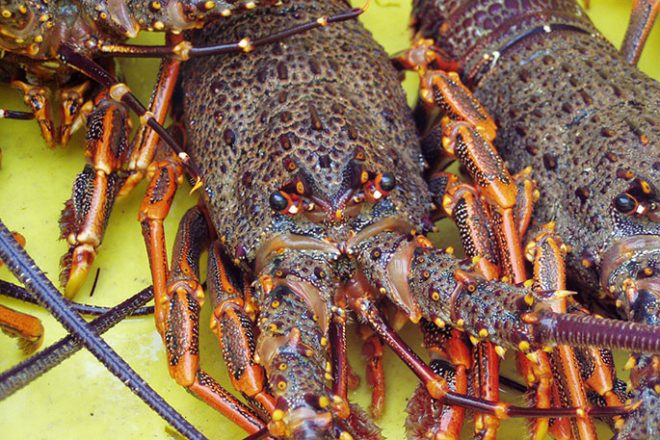从4月1日起,北国岩龙虾渔业的捕捞限额将减少21吨。
岩龙虾,也被称为刺红岩龙虾、小龙虾和 kōura,是 tangata whenua 的 taonga,也是商业和休闲捕鱼者的热门物种。
渔业管理总监艾玛·泰勒说:“它们为whnau提供食物,为宝贵的出口市场和当地经济提供支持,并为我们的社区提供就业机会。”
岩龙虾作为捕食者在生态系统中也起着重要作用,以包括kina(海胆)在内的各种猎物为食。
在征求公众意见并考虑了新西兰渔业局提供的建议后,减少捕获量限制已获得部级批准。
“部长的决定采取了预防措施,预计这将增加渔业中的岩龙虾丰度,从而随着时间的推移,它们可以为控制基纳种群做出贡献。
艾玛说:“我们将继续评估新的捕捞设置对岩龙虾丰度的有效性,并考虑是否需要在2024年4月进行进一步审查。”
这些变更在新的捕鱼年度开始时于4月1日生效,其中包括:
从 4 月 15 日起,休闲每日行李限额将从每位渔民每天六只减少到三只刺岩龙虾,以管理新限额内的娱乐摄入量。
该决定是在今年早些时候举行的磋商之后作出的,这是新西兰渔业局对可持续措施的定期审查的一部分,并回应了高等法院最近对去年该渔业裁决的判决的结果。
收到的意见副本可在MPI的网站上找到:渔业可持续发展措施审查——2023年4月回合
来源:s unlive.co.nz





























































